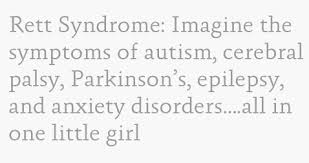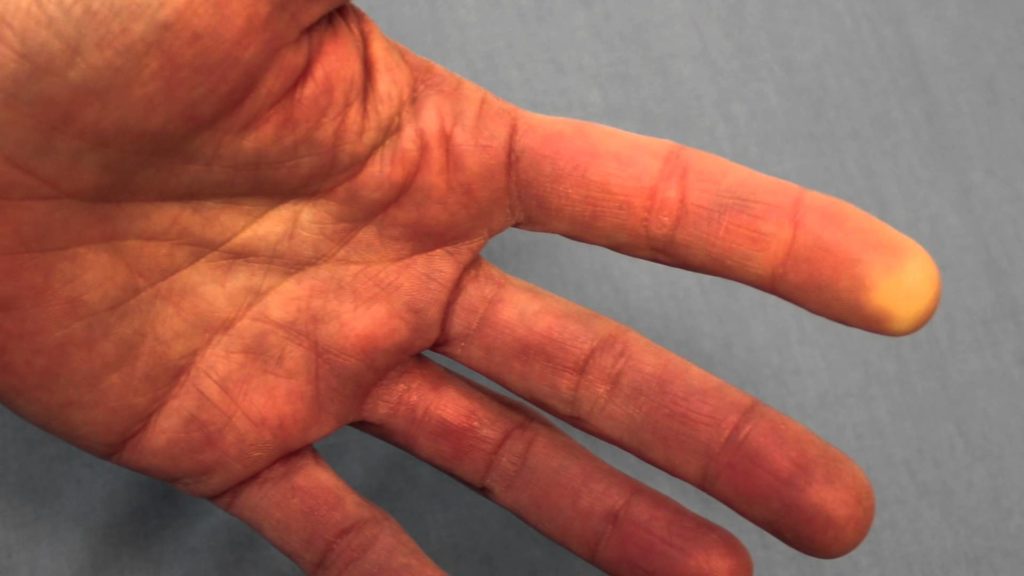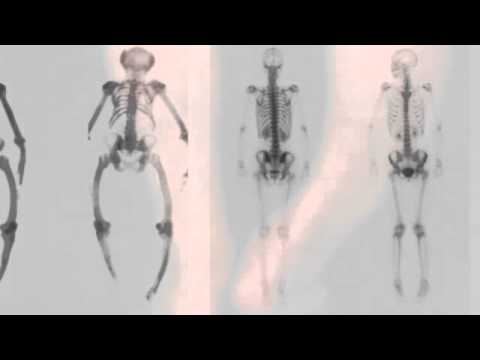Rett syndrome is a rare genetic disorder that affects brain development, resulting in severe mental and physical disability.
It is estimated to affect about 1 in 12,000 girls born each year and is only rarely seen in males.
Signs and symptoms
Some children with Rett syndrome are affected more severely than others. Also, the age at which symptoms first appear varies from child to child.
A child with Rett syndrome may not have every symptom listed below, and their symptoms can change as they get older.
Rett syndrome is described in four stages, although symptoms will often overlap between each stage. The main features of each stage are described below.
Stage one: early signs
At first, the child will appear to develop and grow normally for at least six months, although (especially with hindsight) there may be subtle signs of Rett syndrome before the child is recognized as having a problem.
Stage one is sometimes described as ‘stagnation’ because the child’s development slows down or stops altogether. Symptoms include:
low muscle tone (hypotonia)
difficulty feeding
unusual, repetitive hand movements or jerky limb movements
delay with development of speech
mobility problems, such as problems sitting, crawling and walking
lack of interest in toys
These symptoms typically begin during the period from six to 18 months of life and often last for several months, although they can persist for a year or more.
Stage one can often go unnoticed by the child’s parents and by healthcare professionals because the changes occur gradually and may be subtle.
Stage two: regression
During stage two, known as ‘regression’ or the ‘rapid destructive stage’, the child starts to lose some of their abilities. This stage usually begins between the ages of one and four and may last for any time from two months to more than two years.
The child will gradually or suddenly start to develop severe problems with communication and language, memory, hand use, mobility, co-ordination and other brain functions. Some of the characteristics and behaviours are similar to those of autism spectrum disorder.
Signs at this stage include:
loss of the ability to use the hands purposefully – repetitive hand movements are often difficult to control and include wringing, washing, clapping or tapping
periods of distress, irritability and sometimes screaming for no obvious reason
social withdrawal – a loss of interest in people and avoidance of eye contact
unsteadiness and awkwardness when walking
problems sleeping
slowing of head growth
difficulty eating, chewing or swallowing, and sometimes constipation that may cause tummy aches
Later on during regression, the child may experience periods of rapid breathing (hyperventilation) or slow breathing, including breath-holding. They may also swallow air which can lead to abdominal bloating.
Stage three: plateau
Stage three of Rett syndrome can begin as early as two years of age or as late as 10 years of age. It often lasts for many years, with many girls remaining in this stage for most of their lives.
During stage three, some of the problems that occurred at stage two may get better – for example, there may be improvements in behaviour, with less irritability and crying.
The child may become more interested in people and their surroundings, and there may be improvements in alertness, attention span and communication. Their walking ability may also improve (or they may learn to walk, if they were previously unable to do so).
On the downside, problems that can arise during stage three include:
seizures, which become more common
irregular breathing patterns may get worse – for example, shallow breathing followed by rapid, deep breathing, or breath holding
some children may develop heart rhythm abnormalities (arrhythmias)
Gaining and maintaining weight can also be difficult to achieve.
Stage four: deterioration in movement
Stage four can last for years or even decades. The main symptoms at this stage are:
development of a spinal curve (the spine bending to the left or right side), known as scoliosis
muscle weakness and spasticity (abnormal stiffness, particularly in the legs)
losing the ability to walk
Communication, language skills and brain function don’t tend to get any worse during stage four. The repetitive hand movements may decrease and eye gaze usually improves.
Seizures also usually become less of a problem during adolescence and early adult life, although they will often be a lifelong problem to manage.
What causes Rett syndrome?
Almost all cases of Rett syndrome are caused by a mutation (a change in the DNA) in the MECP2 gene, which is found on the X chromosome (one of the sex chromosomes).
The MECP2 gene contains instructions for producing a particular protein (MeCP2), which is needed for brain development. The gene abnormality prevents nerve cells in the brain from working properly.
There’s usually no family history of Rett syndrome, which means it isn’t passed on from one generation to the next. Almost all cases (over 99%) are spontaneous, with the mutation occurring randomly. This is known as a ‘de novo’ mutation.
Diagnosing Rett syndrome
Rett syndrome is usually diagnosed based on your child’s symptoms, and by ruling out other more common disorders.
A diagnosis of Rett syndrome may not be made for a number of years because the syndrome is so rare and symptoms don’t tend to appear until a child is between six and 18 months old.
A genetic blood test can be used to identify the genetic mutation responsible for Rett syndrome (although it isn’t found in every child with the syndrome). If a change is found in the MECP2 gene, it can help confirm the diagnosis, but failing to find it doesn’t necessarily rule out the syndrome.
Read more about genetic testing.
Managing Rett syndrome
There’s no cure for Rett syndrome, so treatment focuses on managing the symptoms.
As a parent caring for a child with the syndrome, it’s likely you’ll need help and support from a wide range of healthcare professionals.
Your child may benefit from some of the following treatments and aids:
speech and language therapy, picture boards, eye gaze technology and other visual aids to help with communication
medication for breathing and mobility problems, and anti-epileptic medicine to control seizures
physiotherapy, attention to mobility, careful attention to your child’s sitting posture (to minimize the chances of scoliosis developing), and frequent changes in posture
if scoliosis does become established, a back brace and sometimes spinal surgery may be used to prevent the spine curving further (read more about treating scoliosis)
a high-calorie diet to help maintain sufficient weight, with the use of a feeding tube and other feeding aids if necessary
occupational therapy to help develop the skills needed for dressing, feeding and other daily activities
an ankle-foot orthosis (lower leg brace) to help them walk independently
a hand splint to help control hand movements, if these are severe (they’re mainly used for limited periods to prevent self-injury or to encourage activities with the other hand)
beta-blocker medication or a pacemaker to control their heart rhythm
Therapeutic horse riding, swimming, hydrotherapy and music therapy have also been reported to be beneficial. Ask your healthcare team where you can access these therapies.
Read more about caring for a disabled child and care equipment, aids and adaptations.
Outlook
Although some people with Rett syndrome may retain a degree of hand control, walking ability and communication skills, most will be dependent on 24-hour care throughout their lives.
Many people with Rett syndrome reach adulthood, and those who are less severely affected can live into old age. However, some people die at a fairly young age as a result of complications, such as heart rhythm abnormalities, pneumonia and epilepsy.




